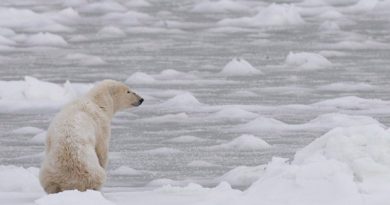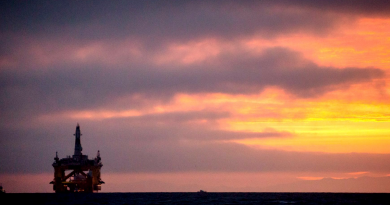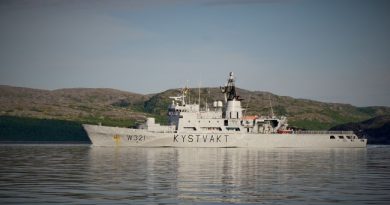Calling all walrus detectives! Public can pitch in for count starting Jan 17…
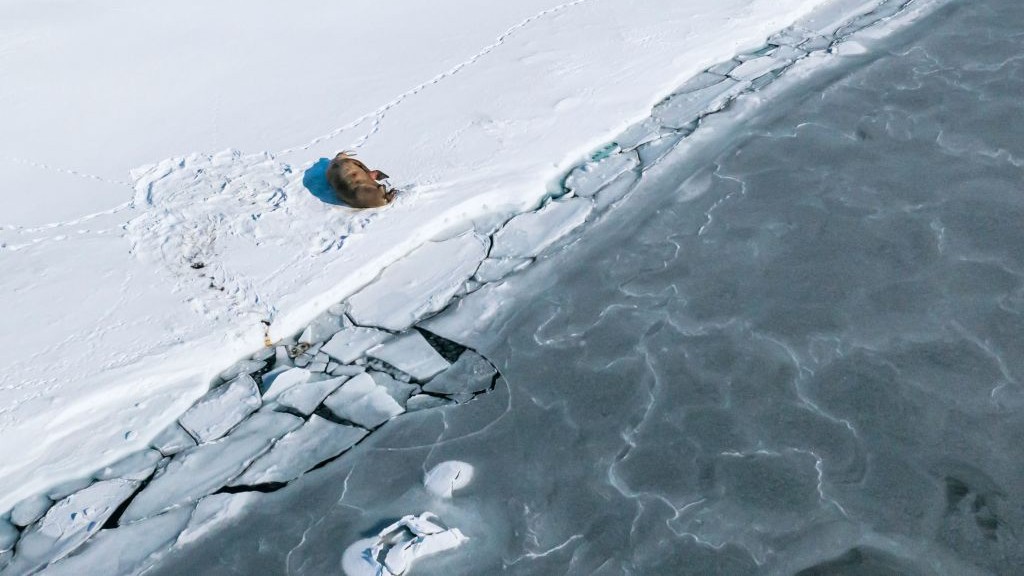
Anyone interested in pitching in on an ongoing walrus census, can sign up as armchair detectives when the counting period for the project opens on January 17.
The five-year Walrus from Space project was launched in 2021 by the British Antarctic Survey (BAS) and the World Wildlife Fund (WWF). The initiative invites people to search for, and count, walrus on satellite imagery.
“The Arctic is a vast and remote region, making it a difficult place for us to work, and we know that walrus can be very easily disturbed by human presence,” Hannah Cubaynes, a conservation scientist with the British Antarctic Survey, said in a news release Monday.
“We are asking people at home to sign up to help us search for and later count walrus. But you don’t have to travel to the ends of the Earth, you can do it from the comfort of your own home.”
By summer 2022, over half a million Arctic images have been viewed by more than 11,000 members of the public.
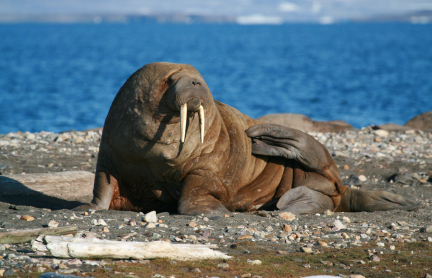
- there are two agreed subspecies of walrus
- Atlantic walrus and the Pacific walrus
- the Atlantic walrus population is estimated at 25,000 animals
- of that number, 5,500 are estimated to be in Svalbard, Norway’s arctic archipelago
- the Pacific walrus population is estimated at 250,000
Sources: WWF, BAS, Marine Mammal Commission
Images of walrus haul-outs are collected by Maxar, a satellite image and data company, and then uploaded to the company’s GeoHive platform.
The goal of the project is to have more than 500,000 people participate over five years.
By the end, the scientists involved hope to have a better understanding of walrus population trends.
Importance of understanding walrus population amidst changing climate
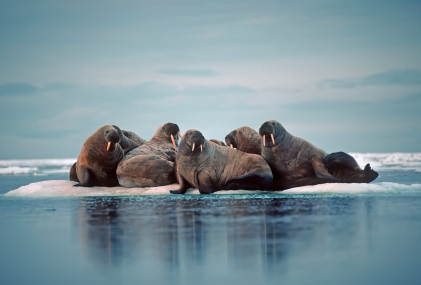
The project says in an era where climate change is transforming the Arctic, it’s important to have as much information as possible about the environment and its wildlife.
In the case of walrus, who rely on sea ice to rest, give birth to their calves, and as a platform to access food, the changing ice extent could have serious consequences.
Not only because of losing that habitat, but also because there’s more disturbances as shipping traffic and activity in the region increases as the ice recedes.
“Walrus are big, powerful animals, but they are also increasingly vulnerable to the implications of the climate crisis, as the sea ice is literally melting out from underneath them,” Rob Downie, the chief polar advisor for the WWF-UK, said.
“What we are trying to do – with the help of members of the public – is better understand walrus, how they are being affected by the climate crisis now and how they might respond in a climate altered future. We are doing this to provide evidence to support the conservation of the species across its range.”
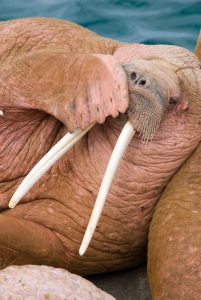
Satellite numbers compared to fieldwork
Last year, scientists from the BAS, the WWF-UK and the Norwegian Polar Institute spent eight days in Svalbard travelling by boat to different haul-out areas so the walrus can be counted visually and by drones. The researchers then compared the numbers gathered on site, with what was reported from the satellite images.
By the end of the project, researchers will be able to see if counting on satellite images is as effective as counts made from fieldwork.
Anyone who wants to can participate. To join, people are asked to register on the WWF- Walrus from Space website and do a short tutorial.
This year’s counting period opens on January 17 and will run three weeks until February 7.
Write to Eilís Quinn at eilis.quinn@cbc.ca
Related stories from around the North:
Canada: Warming climate poses challenge to Arctic animals — and those who hunt them, CBC News
Finland: What a Saami-led salmon rewilding project in Arctic Finland can teach us about Indigenous science, Eye on the Arctic
Greenland: Researchers identify polar bear population that hunts off glacier ice, Eye on the Arctic
Russia: Oral histories unlock impact of climate change on nomadic life in Arctic Russia, says study, Eye on the Arctic
Sweden: Possible record year for arctic fox in Nordics with 762 cubs counted in 2022, Eye on the Arctic
United States: Alaska law officer killed in muskox attack outside his house, The Associated Press

